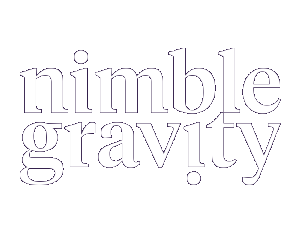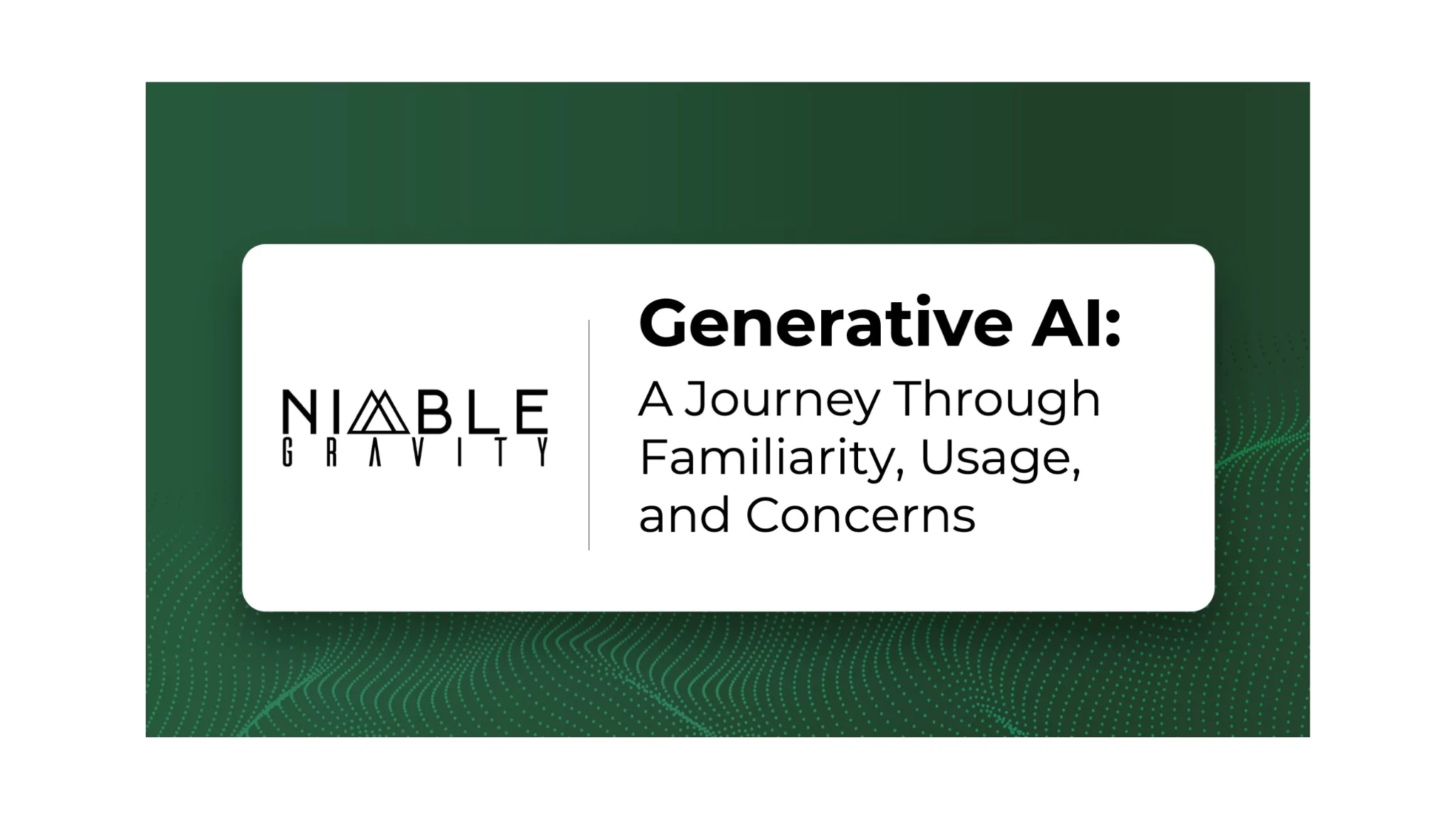What is a Mullet?
Ah, the mullet—a hairstyle that’s been the subject of much debate and amusement over the years. It's the quintessential "business in the front, party in the back" look. Recently, when helping a customer with a partial system migration, that iconic hairstyle inspired our naming of that system architecture pattern? Introducing: Mullet Architecture.
Mullets Beyond Hair
Before we dive into the tech, let’s explore how the mullet philosophy has been applied to other areas:
Bicycles: A mullet bicycle is one that has mixed diameter wheels, most popular in mountain biking with a smaller diameter wheel in the back that in the front. The idea being you get the terrain handling of a larger front wheel with the maneuverability and lighter weight of a smaller rear wheel.
Houses: A mullet house is typically one where the street-facing front is traditional and the back is remodeled in a modern way.
The Temptation to Migrate Everything
In the world of technology, we often face the daunting task of system migration. As architects, the impulse is to overhaul everything—moving all functionalities to a shiny new system. But this isn’t always the most practical or cost-effective approach.
Embracing the Mullet: Front-End vs. Back-End Migration
Sometimes, the best strategy is to migrate only a part of your system, leaving another portion intact. Here’s where mullet architecture comes into play:
Customer-Facing Systems: The frontend is what your customers interact with. It typically needs to be sleek, responsive, and up-to-date. Migrating the customer-facing portion of the architecture can provide immediate benefits and a noticeable improvement in user experience.
Internal Systems: The back-end handles your internal operations. It’s where the heavy lifting happens, but changes here can be more complex and less visible to your customers.
By splitting the front-end and back-end into two separate systems, you can tackle migrations in a more controlled, focused manner. Regardless of whether the front- or back-end is upgraded, considering only one at a time is Mullet Architecture.
Pros and Cons of Mullet Architecture
Pros:
- Focused Improvements: Enhance customer experience quickly without overhauling your entire system.
- Cost-Effective: Reduce costs by migrating only the most critical parts.
- Flexibility: Allows for a phased approach to system upgrades.
Cons:
- Integration Challenges: Ensuring seamless communication between the front-end and back-end can be tricky.
- Potential Inconsistencies: Maintaining consistency across two systems might require extra effort.
- Management Overhead: Managing two systems can increase operational complexity.
What’s the right upgrade pattern for you?
Ready to give your system architecture a makeover? Mullets are obviously not always the right choice of system architecture (despite being super fashionable). At Nimble Gravity, we specialize in helping businesses navigate the complexities of system migration, custom system design and other complex technology challenges.
Whether you need a full overhaul or just a way stylish trim, our experts can help you determine the best approach. Contact us today to find out how we can help you rock a new architecture!















